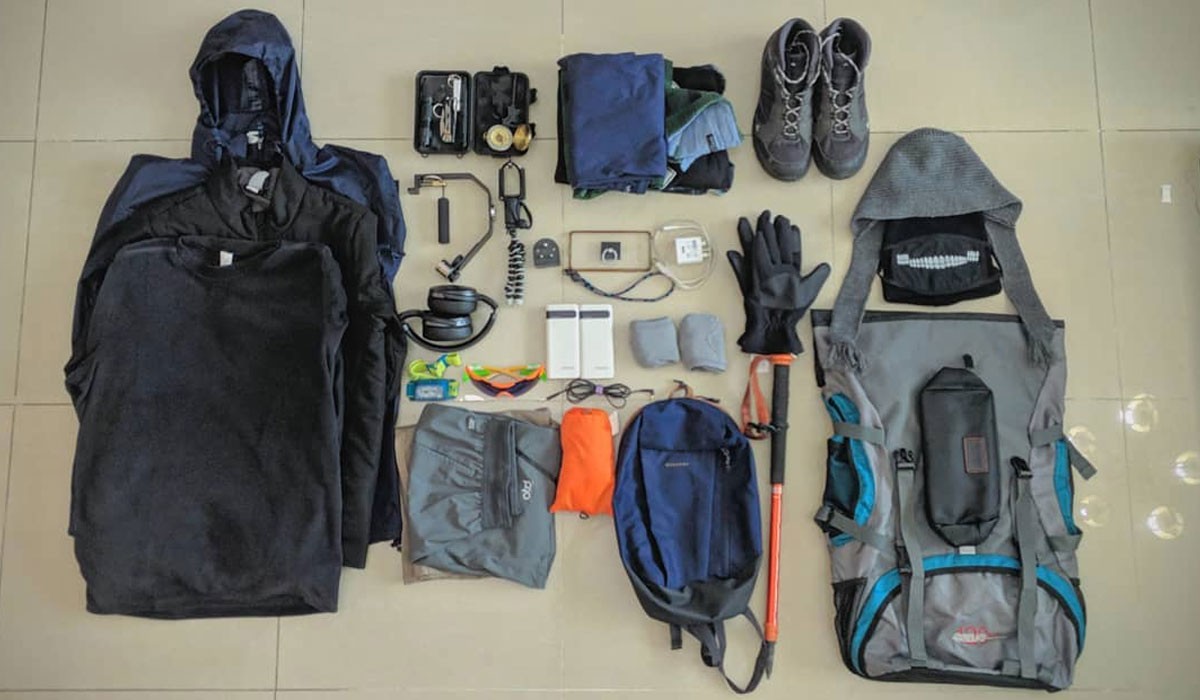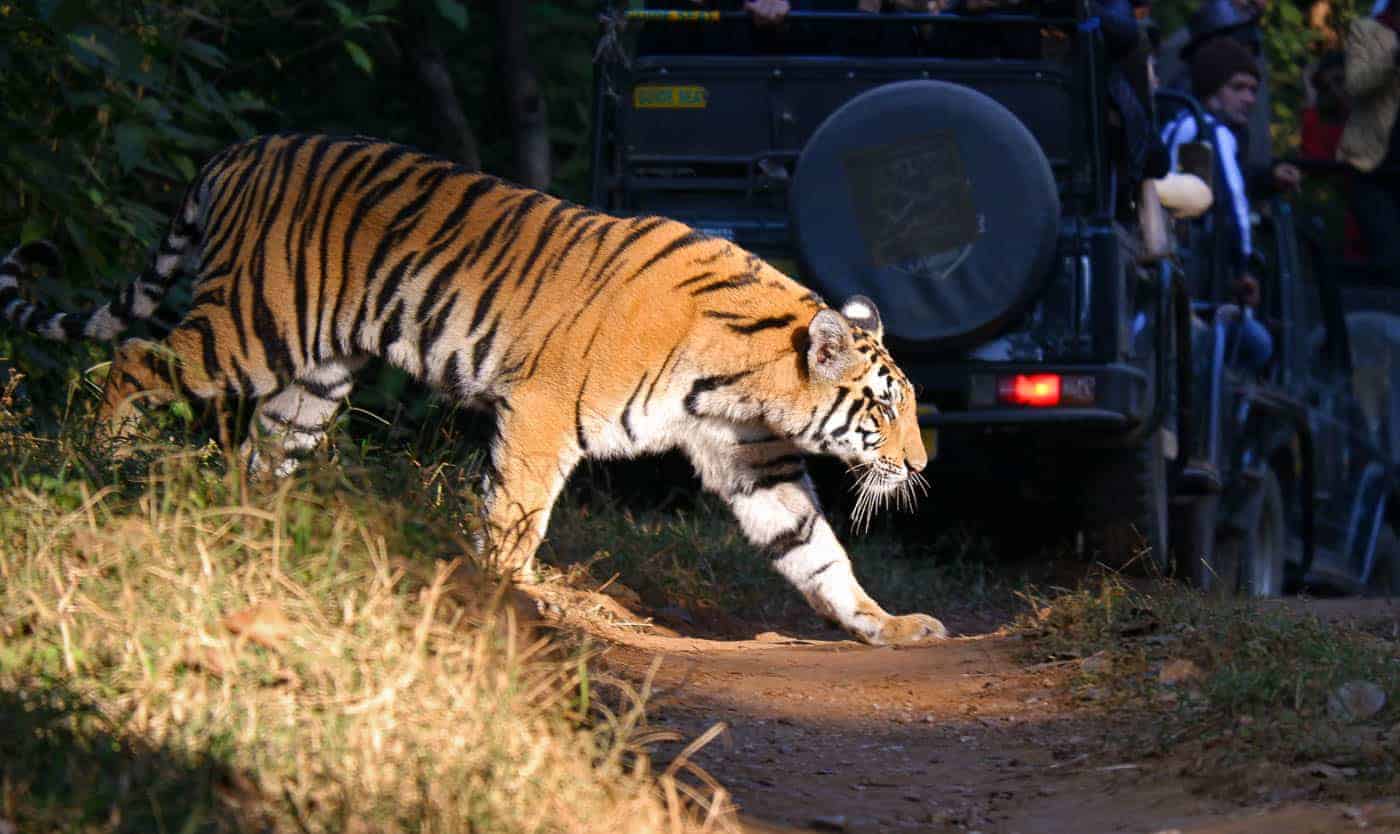Manaslu Circuit Trek brings a dense and healthy trek journey of the Himalaya. Unlike classic trekking treks, on the more isolated Manaslu Circuit, everything you carry you will use and value. Most of your equipment will be carried by your porters, and a weight limit of 15-20kg is enforced to ensure their health. Which is why the common-sense, minimalist packing I do can’t just be something nice to toy with, but a finite necessity. Our goal is to be fully equipped for the diverse and challenging weather from tropical lowlands to snowy Larkya La Pass, without carrying any extra weight. Use this packing list to lay down a solid foundation for an efficient and successful trek in the Manaslu Circuit.
Duffel and Daypack Cascade Two-Bag System
Then shop like a pro, packing for a two-bag system. One is a large duffel bag (your trekking company will usually provide) that contains most of your gear. This is the porter bag. The second is your daypack— a smaller backpack (30-40 litres) that you will self-haul throughout the day. A water bottle, snacks, a camera, sunscreen, and a waterproof jacket will fall into your day pack. Check the Qualities of one to take with you: Things that you will need little access to throughout the day. So, the only thing that really matters in achieving a great Manaslu Circuit Trekking experience is having with you the right things in your bag and easily accessible to use because once you are there… well, it might be too late if not prepared.
Clothing: The Art of Layering
The weather along the Manaslu Circuit will vary hugely with altitude. You can start the day in short sleeves and — if you have a really good down coat — end it snug as a bug. The most vital to staying warm is smart layering.
Base Layer
The first layer of clothing against your body needs to be moisture-wicking, which will pull sweat away from your body. And this is necessary in order to stave off a lethal cool. 2-3 merino wool or synthetic long-sleeve tops and leggings. The other is merino wool, which is an odour-resistant fabric, and synthetics, with the advantage of quick drying. Avoid cotton at all costs.
Mid Layer
That’s your insulation, which is there to catch the heat you’re producing. Ultralite/Patagonia/R1 fleece jacket Shop now. A hugely breathable fleece, lightweight and warm for its weight. Another great compressible option is a down vest. A great down jacket -especially for the freezing mornings, evenings, and high altitudes during the trek. It might be expensive, but it’s a priceless possession you wouldn’t want to leave behind- ever! The right price: Many trekking companies in Kathmandu rent down jackets.
Outer Layer
The outside shell needs to be waterproof, to keep out rain and snow, and windproof against biting wind. You will need a good shell jacket and, similarly, pants. Seek things that are made with fabrics such as Gore-Tex or other similar ones that breathe. This is the layer you pull on over your daypack when a sudden weather turn means you need extra warmth fast.
Shoes: The Base You Need on the Trail
When backpacking, your only friend is your feet – Good walking shoes are on the must-pack list.
Hiking Boots
You will want some sturdy hiking boots, waterproof is best, but at a minimum, very well broken in and offering good ankle support. The trail is rocky and uneven; good support can save you from rolling an ankle or developing a blister. Don’t ever buy new boots and wear them for the first time on a trek.
Camp Shoes
You’re going to want to give your feet a break after hiking all day. A pair of thin light sandals or a pair of Crocs is also ideal for wearing around the teahouse in the evenings.
Socks
Bring just a pair or two of thin liner socks (to reduce blisters) and thick, warm, moisture-wicking wool socks.
Sleeping Gear: How to Keep Warm When You Sleep
And though teahouses do provide blankets, they might not suffice for the most brutal of the higher-elevation nights.
Sleeping Bag
—Get a good one, warm down sleeping bag (rated to -10°C/14°F) you actually want to sleep in. For winter camping/rail carts, consider a cooler rating.
Sleeping Bag Liner
A liner provides extra warmth and keeps your sleeping bag clean — especially useful if you are renting one from the company with which you will be trekking.
Personal and Safety Items
A first-resource kit even a minimalist might recommend! Blister pads, ache remedy (including Ibuprofen and Paracetamol), antiseptic wipes, and any ordinary remedy you are prescribed. You may convey a few water purification drugs or a filter to make the drinking water safe. Headlamp and additional batteries are a must if you’ll be starting your days early or need to find your way around teahouses at night.
Electronics and Papers: Smart and Secure
But there are a couple of electronics that can actually be helpful while you’re trying to unplug.
Power Bank
Power is scarce and high-priced at higher elevations. You’ll also want a high-capacity strength bank to price your smartphone, digicam, and headlamp.
Camera
Manaslu Circuit Trek: carry a lightweight digital camera and additional batteries on the way to permit you to capture the excellent landscapes.
Documents
The most valuable things you are carrying in your lot are your passport, visa, and trekking papers. Put them in a waterproof pouch that you can grab from your daypack.
Miscellaneous Items for Comfort
A few other items are relatively small but can have outsized effects. Sunscreen, lip balm with very high sun protection on sensitive parts, is a must for protecting against the scathing altitude sun. The Buff or neck gaiter is your universal guard against wind, dust, and cold. A small, quick-drying towel is a good thing to have as well. Finally, take a couple of high-energy snacks — protein bars or trail mix — since you never know what will be available to purchase on the trail, and you may need a fast jolt of energy.
Wrap-up: The Prize for Not Being a Dumb-Pack
The Manaslu Trekking is simply a great adventure, and all the better with good gear. This means you can pack a fair bit without sacrificing space (yes, really!) and choose multi-functional lightweight objects, and everything needs to be packed with a purpose. It’s not the stuff, it’s the experience. With good packing and a properly packed backpack, but as soon as you arrive in Nepal, you’re ready to allow guides and the local porter team to show off, whether for those incredible views or simply the awe-inspiring achievement of one of the world’s greatest trekking routes.



